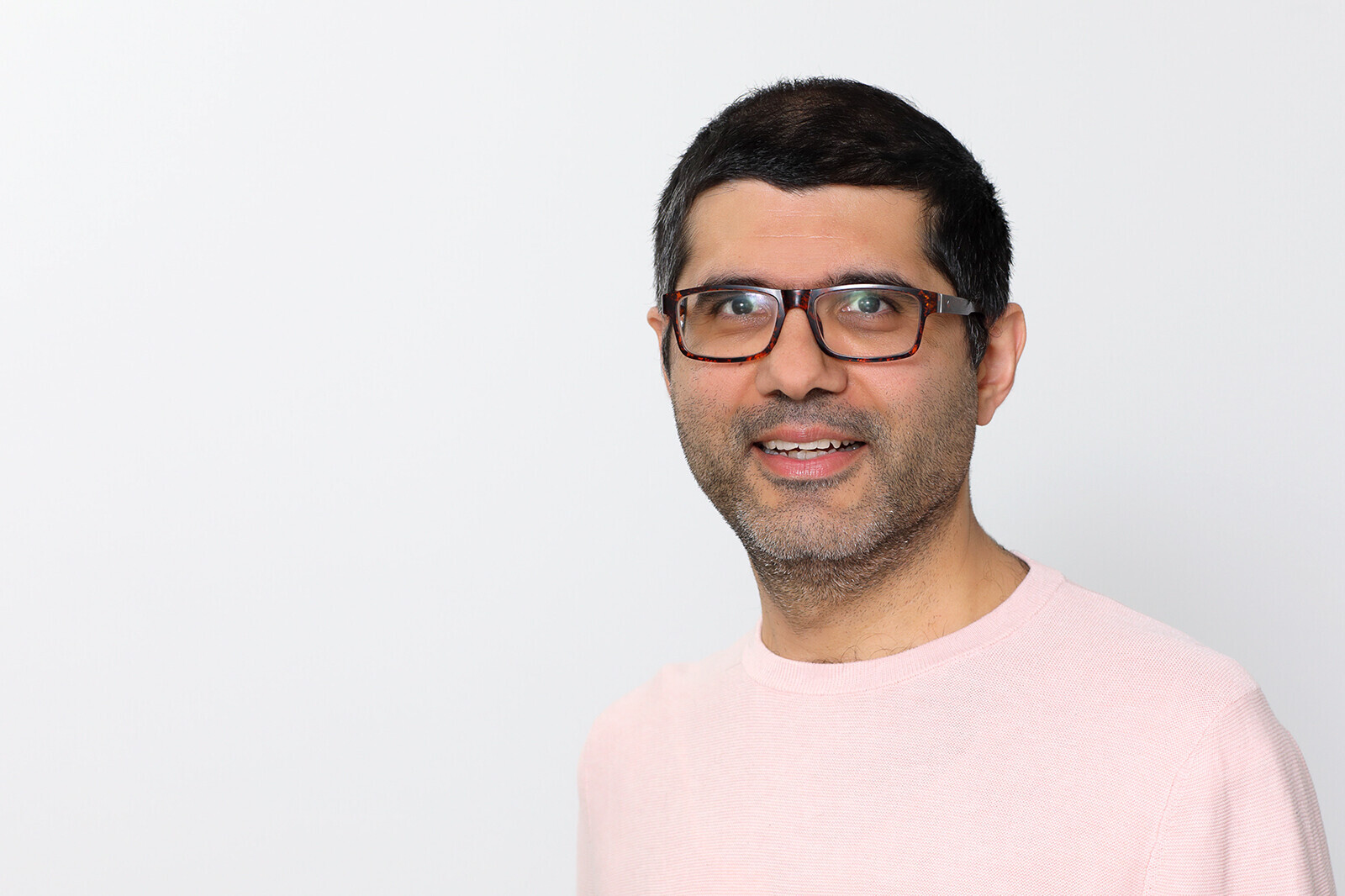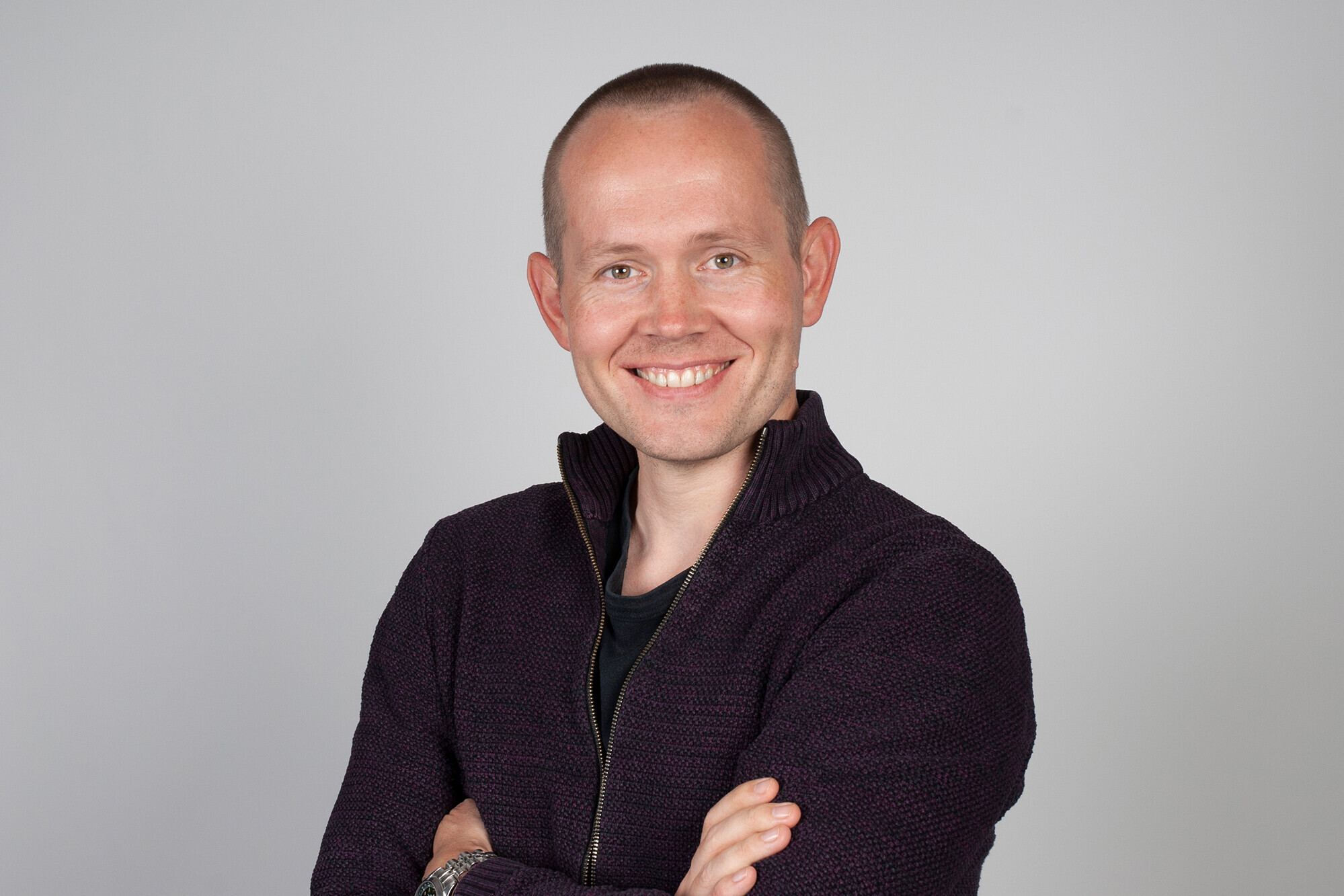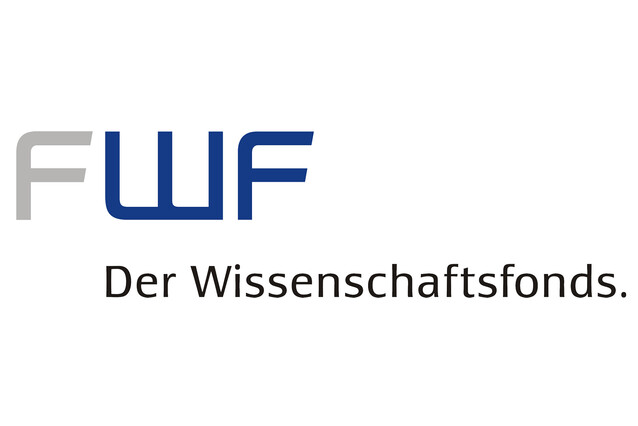Prestigious grants for Rushad Pavri and Wouter Masselink
The Austrian Science Fund will support the research of Rushad Pavri, group leader at the IMP, and Wouter Masselink, senior postdoc in the lab of Elly Tanaka. Rushad Pavri will continue his work on antibody somatic hypermutation and Wouter Masselink will use the grant to investigate the molecular mechanism of vertebrae regeneration in the axolotl.
Rushad Pavri, immunologist and group leader at the IMP since 2013, and Wouter Masselink, postdoc in the lab of Elly Tanaka since 2015, were each awarded a grant from the Austrian Science Fund (or Fonds zur Förderung der wissenschaftlichen Forschung, FWF). The grants will boost Pavri’s research on antibody somatic hypermutation and Masselink’s explorations of the molecular basis of vertebrae regeneration. FWF grants are worth 400,000 Euros and support research endeavours with high scientific potential.
Understanding antibody somatic hypermutation

Our body comes into regular contact with pathogens of all shapes, which it needs to recognise and eliminate. Antibodies, also called immunoglobulins, are produced by B-cells and are endowed with that task.
To match the wide diversity of microbial intruders that roam our environment, antibodies must diversify as well. They do so through the process of antibody maturation, during which antibody genes in B-cells undergo mutations. The Pavri lab investigates this mutational process, called somatic hypermutation, in human cells. They optimised a molecular assay based on flow cytometry that screens for molecular factors involved in somatic hypermutation.
With the help of the FWF grant, Pavri will seek to understand the role of chromatin topology in human somatic hypermutation. “Traditionally, the field has focused on mouse models, out of convenience and efficiency, but the human antibody locus isn’t identical to that of mice,” explains Pavri. “This grant will allow us to push our explorations of human antibody genes further, and to find out how the topology of the locus influences somatic hypermutation.”
Disentangling vertebrae regeneration and development

The axolotl, a salamander endemic to Mexico, has the extraordinary ability to regenerate many of its body parts after an injury, including its tail and the complex tissues within. During embryonic development, groups of cells called somites give rise to the muscle and vertebrae within the tail. Muscle and vertebral tissues are segmented, and their alignment follows a precise pattern that is specified during embryonic development.
In his research, Masselink has observed that while muscle and vertebrae in a regenerated tail are segmented, they are not identical to the original: the alignment of muscle tissue and vertebrae is off, which indicates that the molecular mechanisms behind tail regeneration and development differ.
“When we selectively remove vertebrae in the tail, they regenerate fully, which suggests that muscle and vertebrae pattern independently during regeneration,” explains Masselink. “We think there are molecular factors in the spinal cord that orchestrate vertebrae regeneration, and we are trying to identify them.”
The FWF grant will enable Masselink to figure out which cells contribute to regenerating vertebrae, which molecular factors are necessary and sufficient for vertebrae regeneration, and how this process differs from embryonic development.
